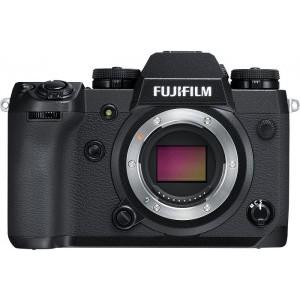Overall Score
Nikon |
D700 |
|---|---|
| Announced: | 07 Oct 2008 |
| Sensor Resolution: | 12Mp |
| Sensor Type: | Full frame CMOS |
| ISO: | 200-6400 |
| Weight: | 1074g |
| Physical Dimensions: | 147 x 123 x 77 mm |
| Viewfinder: | Optical (pentaprism) |
| Screen Type: | 3" Fixed |
| Video Resolutions: | - |
Image Quality
Speed Performance
Versatility
Comfort
Fujifilm |
X-H1 |
|---|---|
| Announced: | 14 Feb 2018 |
| Sensor Resolution: | 24Mp |
| Sensor Type: | APS-C CMOS |
| ISO: | 200-12800 |
| Weight: | 673g |
| Physical Dimensions: | 140 x 97 x 86 mm |
| Viewfinder: | Electronic |
| Screen Type: | 3" Tilting |
| Video Resolutions: | 4096x2160 |








 Portrait
Portrait Landscape
Landscape Sport
Sport Street
Street Everyday
Everyday pros
pros cons
cons Portrait
Portrait Landscape
Landscape Sport
Sport Street
Street Everyday
Everyday
 APS-C
APS-C
